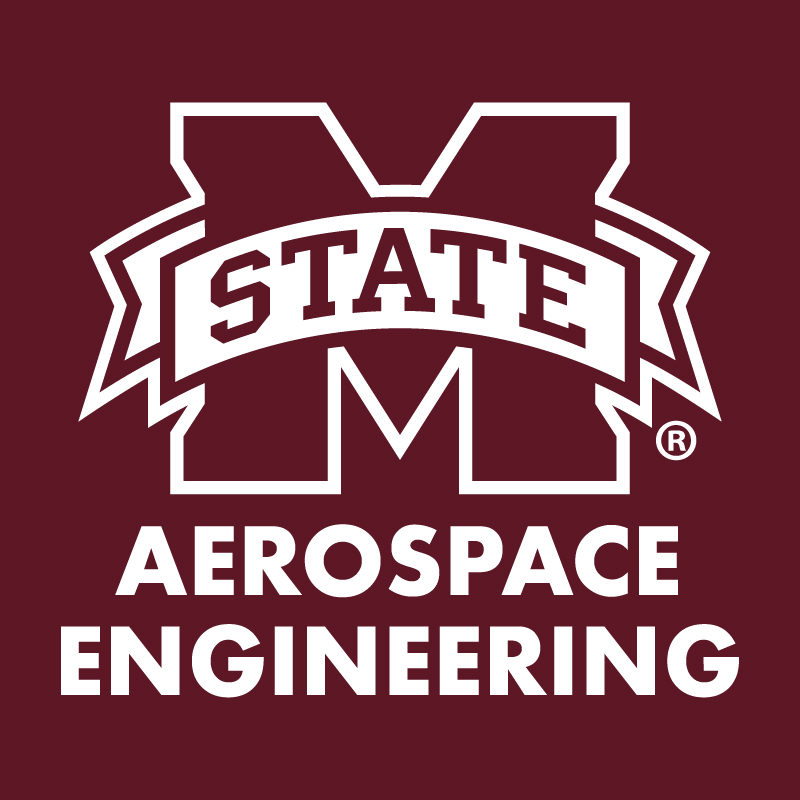
Connecting Low-Speed Propeller Aerodynamics and Aeroacoustics via Boundary Layer Behavior

Efforts to connect aerodynamic performance metrics to the acoustics are critical to designing optimized low Reynolds number propellers for application in urban air mobility technologies, specifically due to the laminar or transitional nature of the boundary layer at the low operating speeds. The current research focuses on fundamentally understanding of low-Reynolds number propeller aerodynamics and aeroacoustics and the associated scaling mechanisms. A key effort centers around using oil-flow visulization techniques to extract boundary layer behavior and using it as the common denominator to analyze and connect propeller aerodynamics and aeroacoustics.
Publications:
- Sriram, A., Thapa, S., Narsipur, S., and Deters, R. W. (2024) "Connecting Propeller Aerodynamics and Aeroacoustics via Boundary Layer Behavior," Proc. of the 2024 AIAA Aviation Forum, AIAA Paper 2024-4244. | doi: 10.2514/6.2024-4244
- Maier, N., Narsipur, S., and Deters, R. (2021) "Parametric Performance Study of the Aerodynamics and Aeroacoustics of Small Propellers in Static Conditions," Proc. of the 2021 AIAA Virtual Aviation Forum, AIAA Paper 2021-2223. | doi: 10.2514/6.2021-2223
- Jordan, W. A., Narsipur, S., and Deters, R. (2020) "Aerodynamic and Aeroacoustic Performance of Small UAV Propellers in Static Conditions," Proc. of the 2020 AIAA Virtual Aviation Forum, AIAA Paper 2020-2595. | doi: 10.2514/6.2020-2595
Funding Support:


